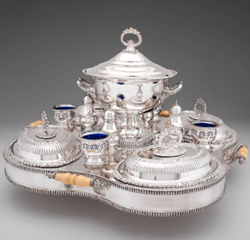Plating mold in the production of life to increase the corrosion resistance of metals to increase its hardness, to prevent wear and tear of the situation, which not only facilitate the production, but also extend the life of the mold. In order to allow readers to learn more about mold knowledge, some information has been incorporated to help understand the mold.
For mold electroplating, the coating metal as the anode is oxidized into cations into the plating solution until the metal product to be plated acts as a cathode, and the metal cations of the coating are reduced to form a coating on the metal surface. This time will be to exclude the interference caused by the rest of the cation, so that the coating appears more uniform and firm. Requires plating metal cations dissolved in the plating solution, so as to maintain the metal cations in the coating concentration does not change. The main purpose of plating is to change the surface properties and dimensions of the substrate.
Plating can maximize the corrosion resistance of the metal, increase its hardness, prevent wear, improve the conductivity, lubricity, heat resistance and surface appearance. Let’s take a look at the specific aspects of the role of electroplating.
The use of the role of electrolysis deposited on the mechanical products and attached to the good performance and the substrate of different metal coating technology. Die plating layer is more uniform than the hot dip layer, the general will be relatively thin, in a few microns. With electroplated substrates, decorative, decorative and functional surfaces are available on mechanical products, as well as repairing wear and machining artifacts.
Most of the coating are used in a single metal or alloy, such as titanium target, zinc, cadmium, gold or brass, bronze, etc .; there will be diffusion layers, such as nickel – silicon carbide, nickel – graphite fluoride, etc .; will Some of the claddings appear, such as copper-nickel-chromium layers on steel, silver-indium layers on steel, and the like. Electroplating materials In addition to iron-based steel, stainless steel, there will be non-ferrous metals such as ABS plastic, polypropylene, polysulfone and phenolic plastic, these materials must be electroplated before the special activation and sensitization.
Hope that the above information, allows readers to learn more about electroplating knowledge.





